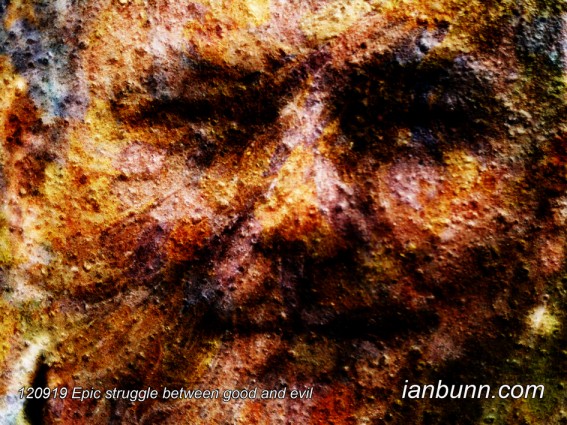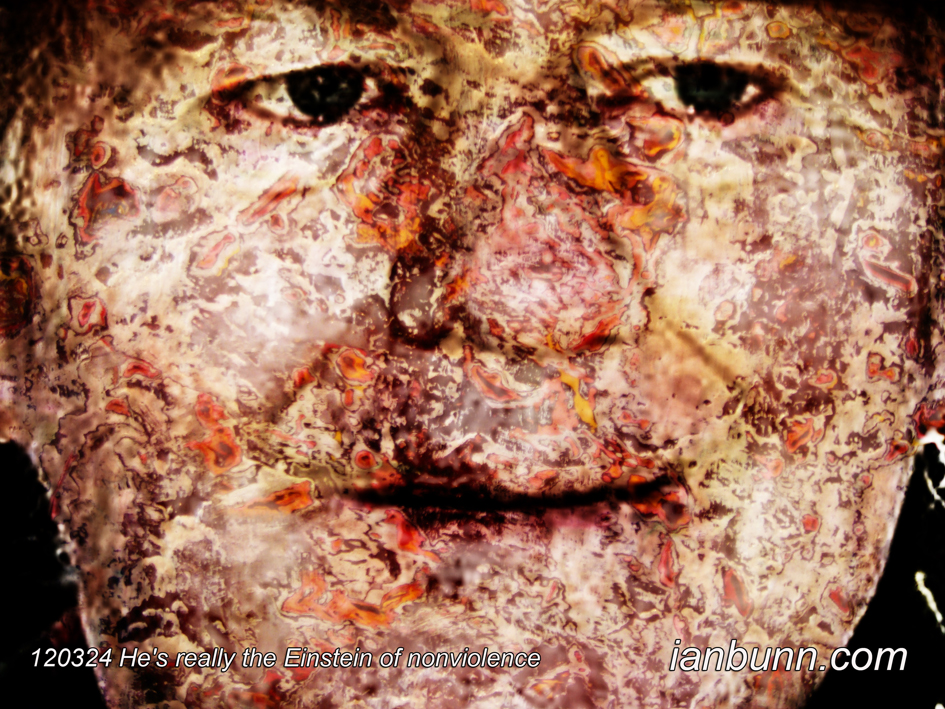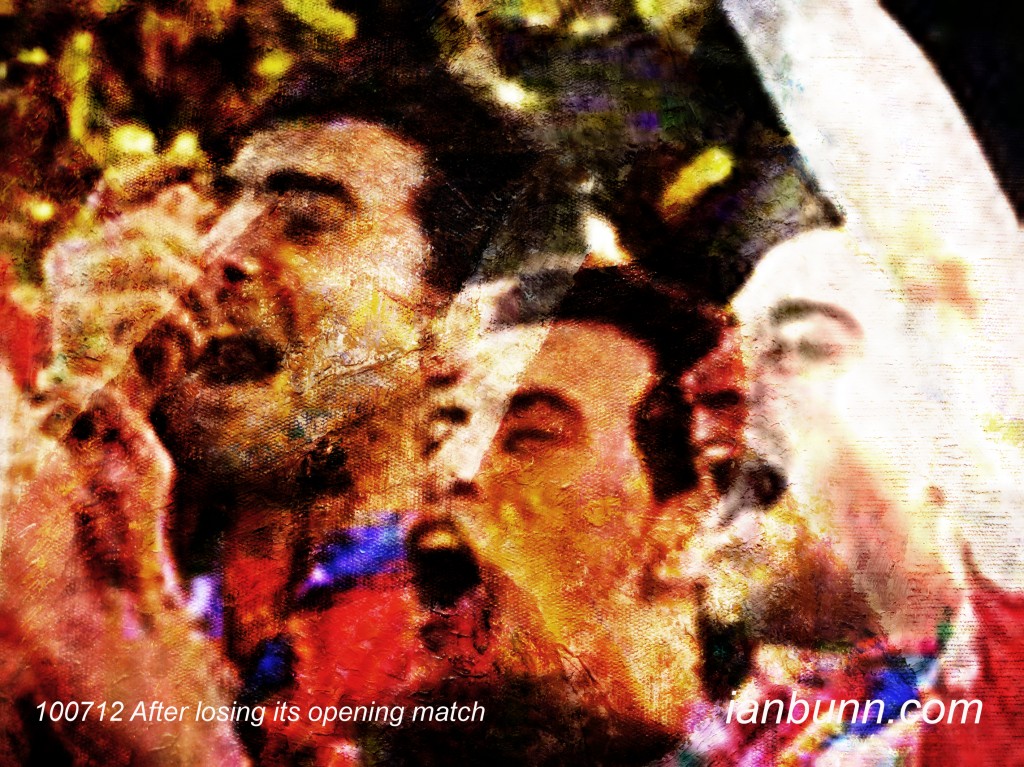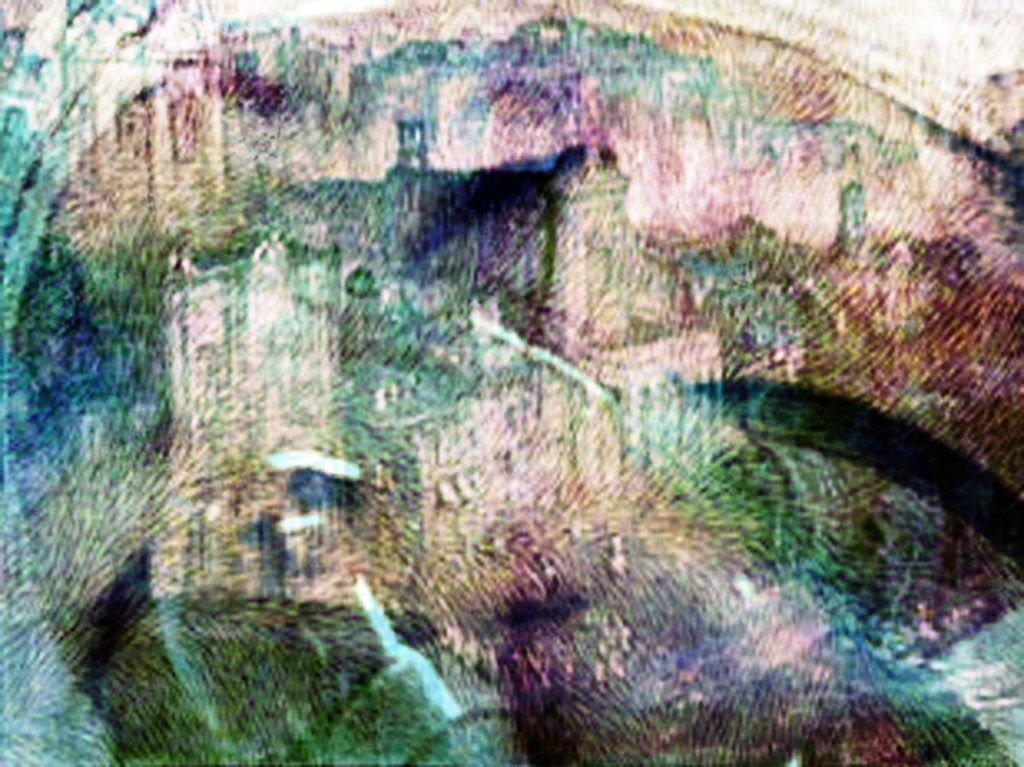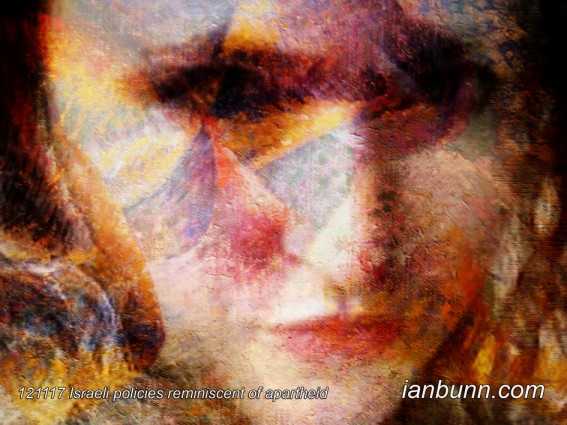 Israeli policies reminiscent of apartheid (November 17 2012)
Israeli policies reminiscent of apartheid (November 17 2012)
Heidi-Jane Esakov the South African researcher at the Afro-Middle East Centre, a Johannesburg-based think-tank, has published an article on Aljazeera titled ‘Israeli policies of dispossession reminiscent of South African apartheid’ discussing how plans to displace bedouins in Israel are reminiscent of the forced removals of blacks in Sophiatown. Esakov states “During the forced removals of the South African suburb of Sophiatown in 1955, around 65,000 residents were moved and “dumped in matchbox houses” in black townships. Only a few years before that, in 1948, Bedouins of Israel’s Naqab/Negev region, who Israel had not expelled, were also forcibly moved “from their ancestral lands into a restricted zone called the Siyag (literally, ‘fenced in’)”. And, just as Sophiatown was completely bulldozed, the Negev village of Al-Arakib was recently razed to make way for a Jewish National Fund forest. As a South African it is particularly difficult not to see the stark parallels between the experiences of black South Africans under apartheid and of Palestinians today. …The villagers of Umm al-Hiran and Al-Arakib are citizens of Israel: Its Arab citizens that Israel prides – and parades – as proof of its democracy. They are, however, not Jewish, a critical determiner of who is entitled to what land and how rights are allocated. …It is not for the oppressor to decide how the oppressed should understand their oppression. But, how is whites-only different to Jewish-only? And, if the forced removal of 30,000 Bedouins to make way for 250,000 Jews is not “systematic oppression… with the intention of maintaining the regime”, what, then, is it?”
Inspired by Aljazeera ow.ly/f5wnA image source Twitter ow.ly/f5wKR
